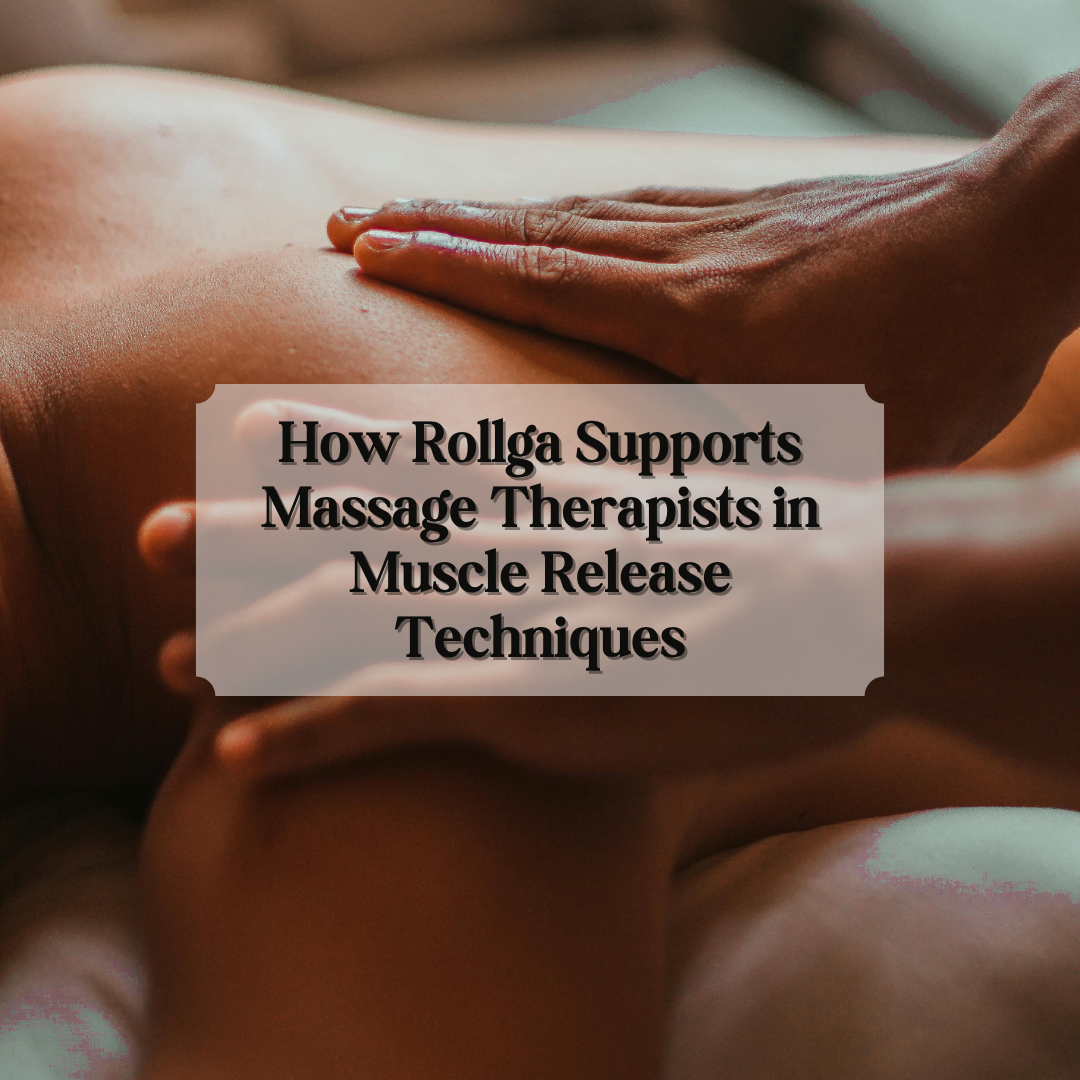
Massage therapists dedicate their careers to helping clients reduce tension, alleviate pain, and restore movement. Foam rolling is a valuable tool that complements massage therapy, and Rollga stands out as the preferred roller for achieving deeper, more effective muscle release.
The Unique Design That Sets Rollga Apart
Unlike flat, cylindrical foam rollers, Rollga features a contoured shape that allows for:
-
Precise Muscle Targeting: The design cradles muscles while avoiding direct pressure on bones and sensitive areas.
-
Deep Myofascial Release: Its shape mimics the hands of a massage therapist, helping to break up adhesions and improve tissue elasticity.
-
Support for Natural Body Curvature: The ergonomic structure supports spinal alignment, making it safer and more effective for full-body use.

Benefits for Massage Therapy Clients
-
Enhances Massage Effectiveness
Using Rollga before a massage helps to warm up the muscles, making them more receptive to manual therapy. This allows therapists to work deeper with less resistance. -
Encourages Self-Care Between Sessions
Massage therapists recommend Rollga to clients for daily use, reinforcing the benefits of their sessions and prolonging relief from muscle tightness. -
Reduces Therapist Fatigue
By incorporating Rollga-assisted techniques, therapists can reduce strain on their own hands and forearms while still achieving deep tissue results. -
Improves Overall Client Progress
Clients who regularly use Rollga experience better flexibility, reduced soreness, and improved circulation, leading to greater long-term improvements in their musculoskeletal health.
Massage therapists recognize that Rollga isn’t just another foam roller—it’s an innovative tool that enhances both their practice and their clients’ recovery journeys.

